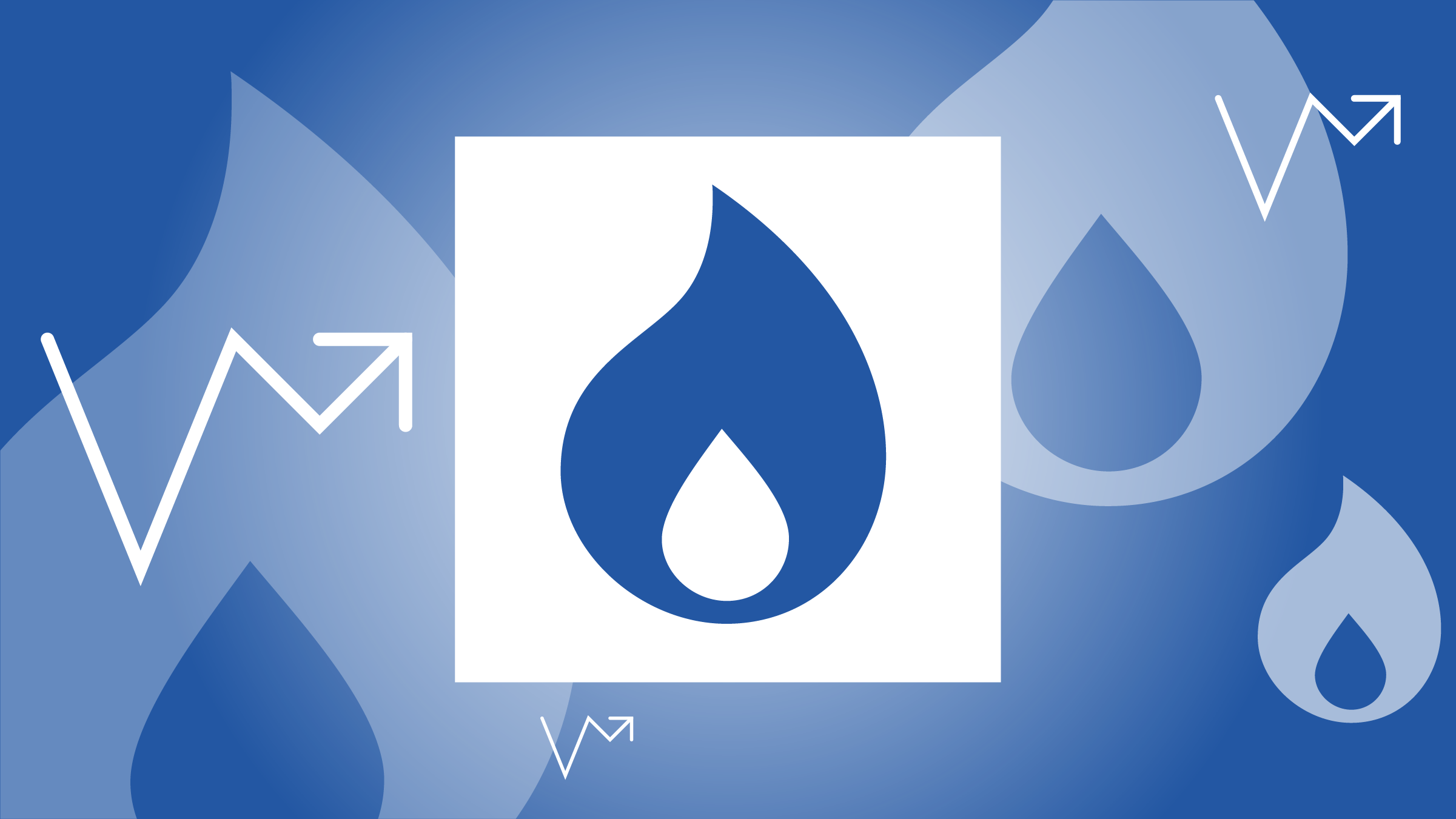A Dividend Aristocrat to Buy That’s 18% Undervalued and Yields Nearly 4%
This narrow-moat company just raised its dividend, too.

Oil and gas giant ExxonMobil XOM recently raised its dividend for the 41st consecutive year, reinforcing its dividend aristocrat status. But perhaps even better for dividend-stock investors, the shares are trading well below our fair value estimate today. Exxon is among Morningstar chief U.S. market strategist Dave Sekera’s seven undervalued stocks that could move the market in 2024.
ExxonMobil remains committed to oil and gas. It’s investing in low-carbon technologies, but these efforts are measured and keep oil and gas production at the core. The end of oil is likely to occur, but not anytime soon. Gas is likely to have an even longer life due to the relative attractiveness of its emissions intensity and the need to supplement intermittent renewable power. These trends and growing demand for chemicals are what drive Exxon’s investment strategy and will likely deliver superior returns. Exxon has capped spending at $20 billion-$25 billion a year for 2023-27, which should keep the dividend safe with oil at $40 a barrel. However, it still plans to double earnings and cash flow from 2019 levels by 2027. Meanwhile, the dividend breakeven should fall to $30 a barrel, thanks to structural cost efficiencies and high-margin new projects.
Key Morningstar Metrics for Exxon
- Fair Value Estimate: $123
- Star Rating: 4 Stars
- Economic Moat Rating: Narrow
- Uncertainty Rating: High
Economic Moat Rating
We continue to see Exxon’s integrated model as a source of competitive advantage. Historically, Exxon has rated as the highest-quality integrated firm, given its ability to capture economic rents along the oil and gas value chain. While its peers operate similar business models with the same goals, they have largely failed to replicate Exxon’s success, as evidenced in their comparatively lower margins and returns. Although Exxon continues to operate a highly integrated model and has aligned its management structure to do so, its lead in returns on capital employed—a key metric of performance among the group—has eroded as upstream performance has waned. However, we consider the integration of lower-cost assets, particularly in the downstream and chemical segments, as an element of its cost advantage moat source that is still intact. Although we expect overall returns to remain low, we see relatively high incremental returns on new invested capital.
Read more about Exxon’s moat rating.
Fair Value Estimate for Exxon Stock
Our fair value estimate implies a forward enterprise value/EBITDA multiple of 5.8 times our 2024 EBITDA forecast of $78.4 billion. In our discounted cash flow model, we assume Brent oil prices of $79 a barrel in 2023 and $76 a barrel in 2024. Our long-term oil price assumption is $60 a barrel. We assume a cost of equity of 7.5% and weighted average cost of capital of 7.3%. We assume Exxon’s production will grow modestly during the next five years but could be lower because of divestments, which we do not explicitly model. We forecast steady earnings growth in the downstream and chemical segments as new projects and capacity are brought online during the next five years, as Exxon expects to triple earnings by 2027. We have incorporated the impact of the proposed Pioneer Natural Resources PXD acquisition, which is value-neutral, but we do not include it in our cash flow forecast yet.
Read more about Exxon’s fair value estimate.
Risk and Uncertainty
Exxon faces the risk that global oil demand falls quickly, leaving it unable to fully develop its reserves. However, our research suggests oil demand will not decline materially for several more decades, implying more supply will be needed and the risk of stranded assets for Exxon is low. More rapid adoption of electric vehicles in the United States and Europe could threaten the long-term viability of Exxon’s downstream assets. Environmental, social, and governance risks include policy related to climate change, such as a carbon tax that could result in higher costs, reduced demand, or stranded resources. A more immediate risk involves lawsuits related to past climate change disclosures. Operating in offshore environments exposes Exxon to the risk of large oil spills that could result in material losses through lost revenue, fines or penalties, or loss of license to operate.
Read more about Exxon’s risk and uncertainty.
Exxon Bulls Say
- Exxon has responded to shareholder concerns by reducing spending, appointing new board members, increasing disclosure, and announcing emission-reduction targets.
- Exxon will see its portfolio mix shift to liquids pricing as gas volumes decline and new oil projects start production. Cash margins should improve as a result, thanks to Permian and Guyana volumes.
- With coordination between upstream and downstream operations, as well as integrated refining and chemical facilities, Exxon achieves a high level of integration that creates value, as opposed to simply owning the assets.
Exxon Bears Say
- Despite activist pressure and new board members, Exxon has not sufficiently reduced hydrocarbon investment levels and continues to develop long-life projects that hold a high risk of becoming stranded.
- Exxon lacks the level of investment in low-carbon businesses of its peers and risks not sufficiently reducing its emissions or securing its future as a going concern.
- If oil demand peaks and declines sooner than expected, ongoing investment in new projects and the proposed acquisition of Pioneer will be stranded and value-destructive.
7 Undervalued Stocks to Buy Now That Could Move The Market in 2024
This article was compiled by Susan Dziubinski and Sylvia Hauser.
The author or authors do not own shares in any securities mentioned in this article. Find out about Morningstar’s editorial policies.


/cloudfront-us-east-1.images.arcpublishing.com/morningstar/ECVXZPYGAJEWHOXQMUK6RKDJOM.jpg)
/cloudfront-us-east-1.images.arcpublishing.com/morningstar/KOTZFI3SBBGOVJJVPI7NWAPW4E.jpg)
/cloudfront-us-east-1.images.arcpublishing.com/morningstar/V33GR4AWKNF5XACS3HZ356QWCM.jpg)